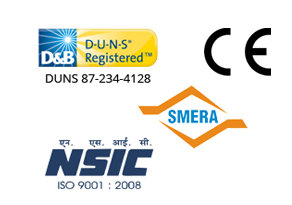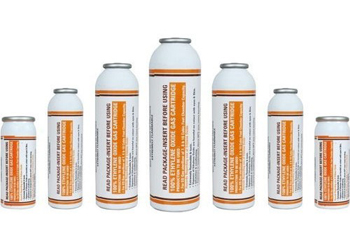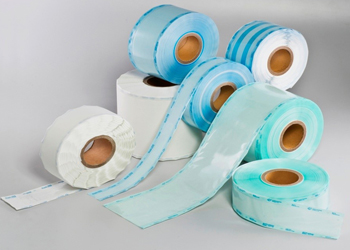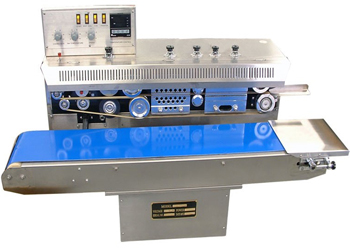In today’s increasingly hygiene-focused landscape, both tissue banks and PPE kit manufacturers face mounting expectations to deliver sterilized, safe-to-use products without compromising the integrity of their materials. The challenge is effectively eradicating microorganisms while preserving the sensitive physical and biological properties of tissues and polymer-based personal protective equipment. Amid this demand, ETO sterilizers, also referred to as ethylene oxide sterilizers – are proving to be game-changers.
This shift is driven not just by the need for superior decontamination, but by growing regulatory pressure and the emergence of highly sensitive materials that cannot withstand heat or moisture. Through controlled ethylene oxide gas sterilization at a typical density, these systems bring precision, safety and scalability to the forefront of medical-grade sterilization – especially where traditional methods fall short.
Revolutionizing Tissue Bank Practices with ETO Sterilizers
Meeting Clinical-Grade Sterility for Biologic Materials
Tissue banks manage highly delicate materials including human, animal and synthetic tissues. With such materials often destined for surgical implantation, sterility is non-negotiable. Regulatory agencies now require tissue banks to demonstrate validated, reproducible sterilization techniques that maintain both biological viability and safety.
ETO sterilization achieves this by delivering sterilant deeply into porous structures, joint cavities and packaging seams without degrading proteins, extracellular matrix or scaffold integrity. This is particularly essential for terminal sterilization, where the entire product – including its final packaging – is treated as a single sterile unit.
Adaptability for Expanding Tissue Product Categories
As tissue applications diversify – cartilage implants to decellularized matrices and synthetic grafts – e.t.o sterilization adapts accordingly. Its gas-phase nature allows sterilization across material types without requiring individualized sterilization protocols. The result is a flexible, scalable system that fits into tissue bank operations of all sizes.
Workflow Integration and Efficiency
Modern sterilizer machines used in tissue banks are fully automated, managing everything from vacuum application to aeration without manual intervention. These systems:
- Reduce cycle validation time.
- Eliminate cross-contamination between cycles.
- Support batch-wise sterilization of mixed tissue types.
This means tissue banks can confidently meet both internal quality standards and international regulatory audits.
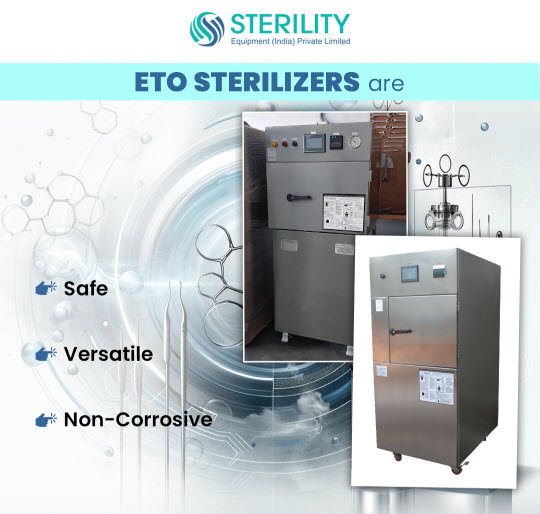
Modernizing PPE Kit Manufacturing with EO Sterilization
Addressing Mass Production Demands Post-Pandemic
The demand for sterile PPE, especially during global health crises, places manufacturers under immense pressure to scale production without compromising safety. PPE components – mask layers, elastic straps and synthetic gowns – often contain polymers or materials that degrade under steam or radiation.
By using ethylene oxide gas sterilization, manufacturers can process these items at low temperatures, preserving their fit, filtration efficiency and barrier properties. This is essential for ensuring the protective value of PPE remains intact post-sterilization.
Sterilization of Pre-Packaged PPE Kits
One of the most transformative advantages of ETO sterilizers in PPE production is their ability to sterilize sealed packages. Complete kits – comprising masks, gloves, face shields and gowns – are packaged and sterilized in final form. This drastically reduces post-packaging contamination risk and improves logistics for hospitals and public health agencies.
Improving Safety and Throughput
Fully enclosed ethylene oxide steriliser systems offer:
- Automatic leak detection.
- Gas recirculation and removal features.
- Negative pressure chambers to prevent gas exposure.
- Internal aeration units for post-cycle gas clearance.
By integrating such systems, PPE manufacturers can process high volumes safely, comply with global safety benchmarks and increase turnaround time between production and distribution.
Operational Efficiency and Cost Reduction
Both tissue banks and PPE manufacturers benefit economically and operationally from ETO sterilization. Once established, a validated EO sterilization process minimizes the need for multiple decontamination steps, quality re-checks or material discards due to process damage.
Key cost-saving advantages include:
- Reduced product loss from heat or pressure damage.
- Streamlined compliance with international hygiene regulations.
- Centralized sterilization for multiple product types.
This efficiency makes ETO sterilization a long-term, strategic investment for any facility dealing with heat-sensitive, high-risk or complex sterile products.
Conclusion
ETO sterilizers are transforming how the tissue banking and PPE manufacturing industries approach sterilization. Their ability to sterilize sensitive materials thoroughly and consistently positions them as the optimal solution for sectors where sterility is directly linked to human safety. As global health and regulatory expectations continue to rise, ethylene oxide gas sterilization is not just a modern option – it is becoming a foundational standard for sterile processing in critical health-related manufacturing.

